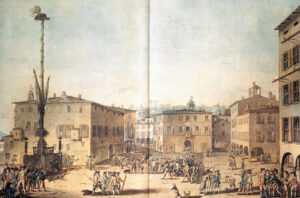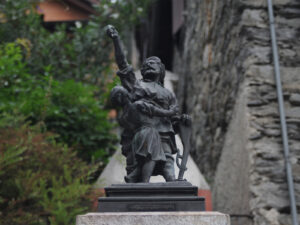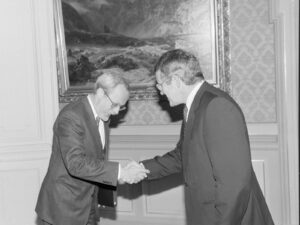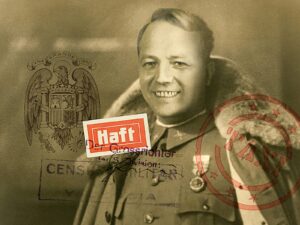
Why is Ticino part of Switzerland?
Nowadays, the canton of Ticino is considered as Swiss as anywhere else in Switzerland. However, it wasn’t always like that: putsches, revolutions and independence movements once posed serious challenges to the status of the south-lying canton as part of Switzerland. So, how is it that Switzerland’s borders ended up south of the Alps?
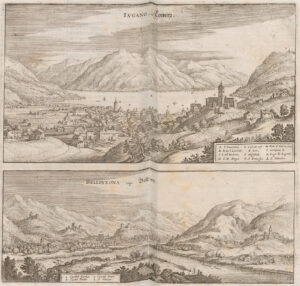
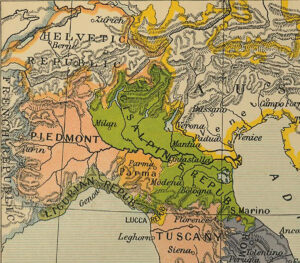
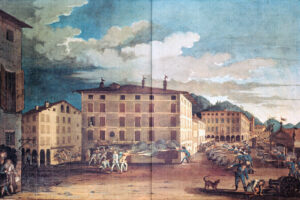

Ticino was founded in the 19th century …
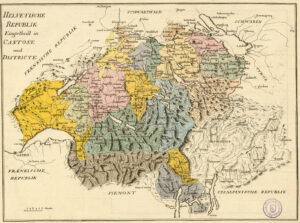
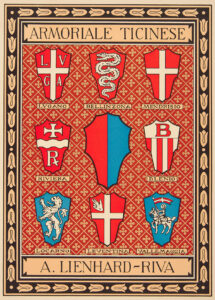
… and found itself embroiled in the chaos of Italian unification
